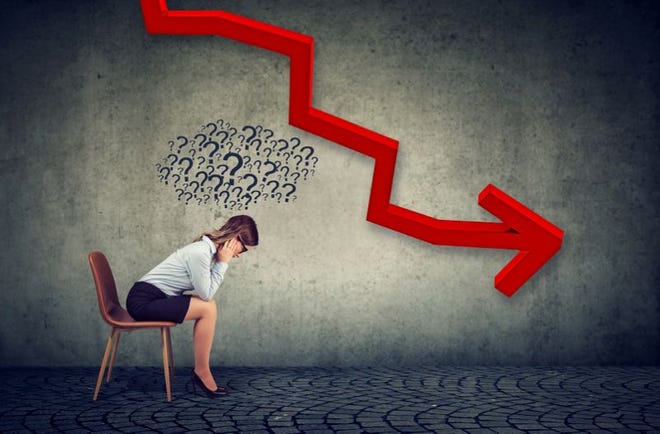Suzanne P. Clark
We all want a future where paychecks go further in allowing people to buy the things they need and want, where homeownership can be more than just the American dream but an American reality, where quality, affordable child care is available for working families, and where Americans – and our American economy – are not saddled with unsustainable debt.
Unfortunately, in many cases, that is not the reality today, and many Americans do not feel like this economy is working for them. To create the future we want and the next generation deserves, we need to get back to growth.
While economic growth may feel like a static number on a chart, it is far more than that. It is a snapshot into the lives of everyday people, the value of their efforts, their ability to provide for themselves and their families, the belief that their children’s lives will be better than their own. And, at the very time when we need faster-sustained growth to create better opportunities for Americans, we face a future where growth is trending dramatically slower.
The history of economic growth in America

From 1950 to 2010, America’s economy grew by an average of 3.4% per year. Since then, growth has averaged just 2.2% per year, and the nonpartisan Congressional Budget Office projects that growth will slow to an average of just 1.8% per year over the next decade. But it doesn’t have to be that way. And a percentage point or 2 makes a big difference.
When our economy is growing at 3%,…



























































